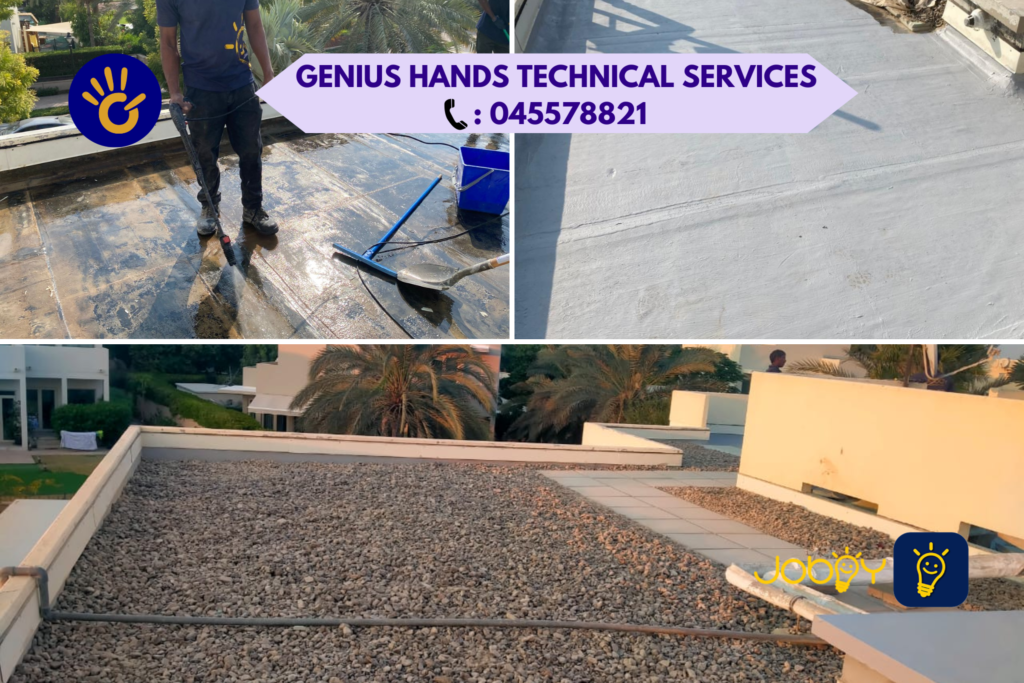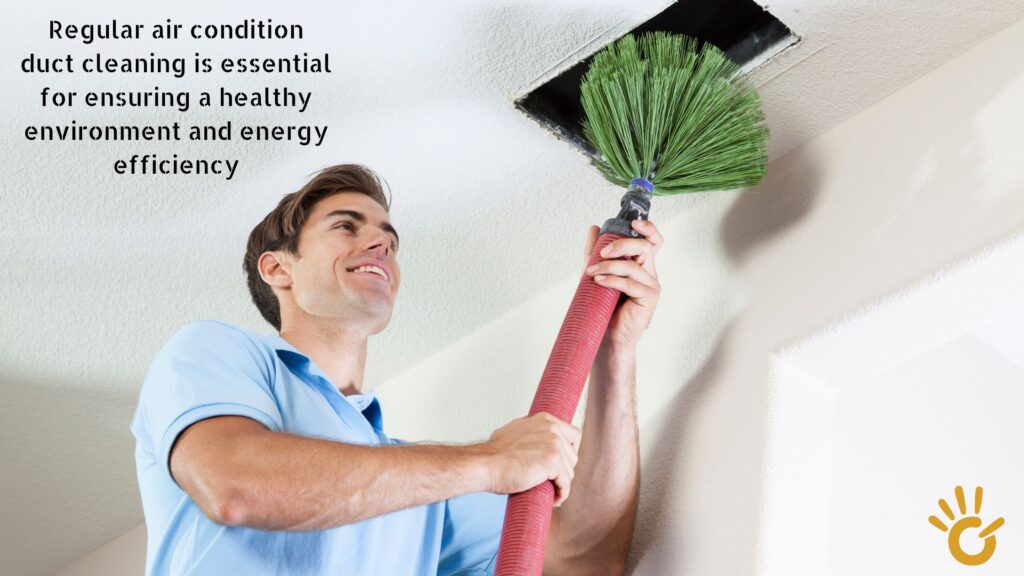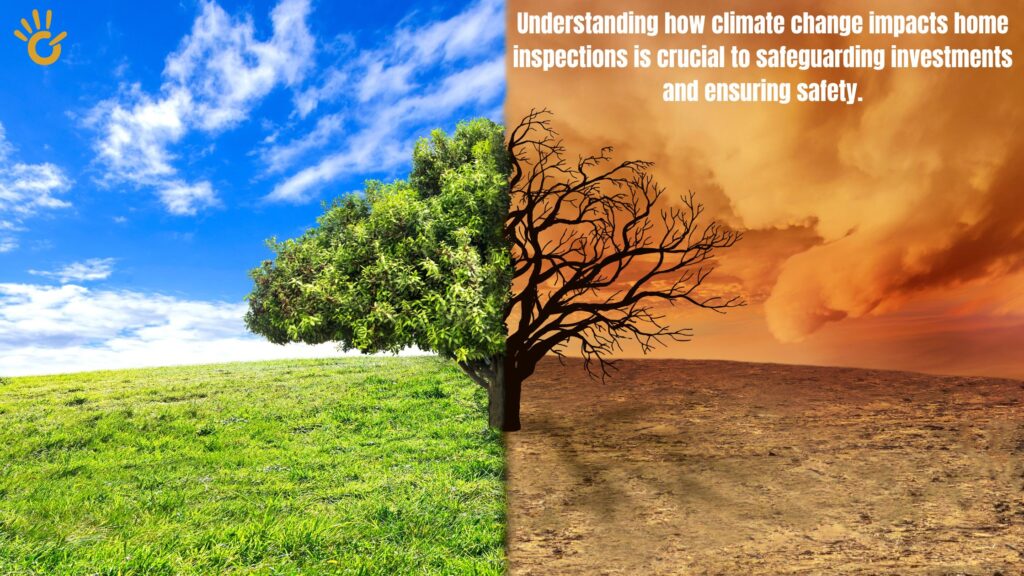Safeguard Your Property During the Rainy Season – As the rainy season approaches, property owners face the challenge of protecting their homes and buildings from water damage. Waterproofing and drainage systems are the first line of defense against leaks, mold, and structural deterioration caused by excess moisture. Regular inspections of these systems are crucial to ensure they function correctly and to prevent costly repairs down the line. This article explores the importance of waterproofing and drainage inspections, common issues to look for, and best practices to safeguard your property during the rainy season.
The Importance of Waterproofing & Drainage Inspections
Water intrusion can cause significant damage to a property’s structure, foundation, and interior. Regular inspections help to:
- Prevent Structural Damage: Identifying leaks and water infiltration early can prevent weakening of the building’s foundation and walls.
- Protect Indoor Air Quality: Proper waterproofing prevents mold and mildew growth, which can negatively affect health.
- Preserve Property Value: Maintaining effective waterproofing and drainage systems helps retain the property’s market value.
- Avoid Costly Repairs: Early detection of issues can save on expensive repairs, such as foundation reinforcement or extensive mold remediation.
- Ensure Safety: Water damage can lead to electrical hazards and slippery surfaces, posing risks to occupants.
Common Waterproofing & Drainage Issues
1. Leaking Roofs and Ceilings
Roof leaks are among the most common problems during the rainy season. Issues can include:
- Cracked or missing shingles
- Damaged flashing around chimneys or vents
- Clogged gutters and downspouts
2. Basement and Foundation Leaks
Water can seep into basements and foundations through:
- Cracks in the walls or floor
- Poorly sealed windows and doors
- Inadequate exterior drainage
3. Clogged or Inefficient Gutters
Gutters and downspouts are designed to channel water away from the property. Problems occur when they are:
- Clogged with debris such as leaves and dirt
- Improperly sloped, causing water to pool
- Detached or damaged, preventing proper drainage
4. Poor Grading and Landscaping
Improper grading can cause water to flow towards the property instead of away from it. This can result in:
- Water pooling around the foundation
- Soil erosion near the building’s perimeter
- Increased risk of basement flooding
5. Faulty Waterproofing Membranes
Waterproofing membranes on roofs, basements, and balconies can deteriorate over time due to:
- UV exposure
- Physical damage from foot traffic
- Natural wear and tear
Safeguard Your Property During the Rainy Season – Key Areas to Inspect
1. Roof and Attic
Inspect the roof for missing or damaged shingles, and check flashing around chimneys, vents, and skylights. In the attic, look for signs of water stains, mold, or damp insulation.
2. Gutters and Downspouts
Ensure gutters are clear of debris and securely attached. Downspouts should direct water at least 3-5 feet away from the foundation.
3. Exterior Walls and Windows
Check for cracks or gaps in walls, especially near windows and doors. Ensure that caulking and weather stripping are intact.
4. Basement and Foundation
Look for cracks in the foundation, damp spots on walls or floors, and musty odors indicating mold or mildew.
5. Landscaping and Drainage Systems
Evaluate the grading around the property to ensure water flows away from the building. Inspect French drains, sump pumps, and other drainage systems for proper operation.
Best Practices to Protect Your Property
- Regular Maintenance: Schedule routine inspections of waterproofing and drainage systems, especially before the rainy season.
- Clean Gutters and Downspouts: Remove debris to prevent blockages and ensure proper water flow.
- Seal Cracks and Gaps: Use waterproof sealant to address any visible cracks in the roof, walls, or foundation.
- Install Sump Pumps: In flood-prone areas, a sump pump can help remove excess water from basements and crawl spaces.
- Improve Grading: Ensure the ground slopes away from the property to prevent water accumulation near the foundation.
- Use Waterproof Membranes: Apply or replace waterproofing membranes on roofs, basements, and other vulnerable areas.
- Check Indoor Ventilation: Proper ventilation reduces indoor humidity and prevents mold growth.
Conclusion
Waterproofing and drainage inspections are essential for protecting properties during the rainy season. By identifying and addressing potential issues early, property owners can prevent water damage, maintain structural integrity, and ensure a safe living environment. Regular maintenance, proper grading, and the use of quality waterproofing materials can make a significant difference in safeguarding your investment from the challenges posed by heavy rainfall.




Pingback: Elite Villa Inspections: Ensuring Perfection in Dubai 0
Pingback: Ultimate Waterproofing Guide: Protect Your Property 0